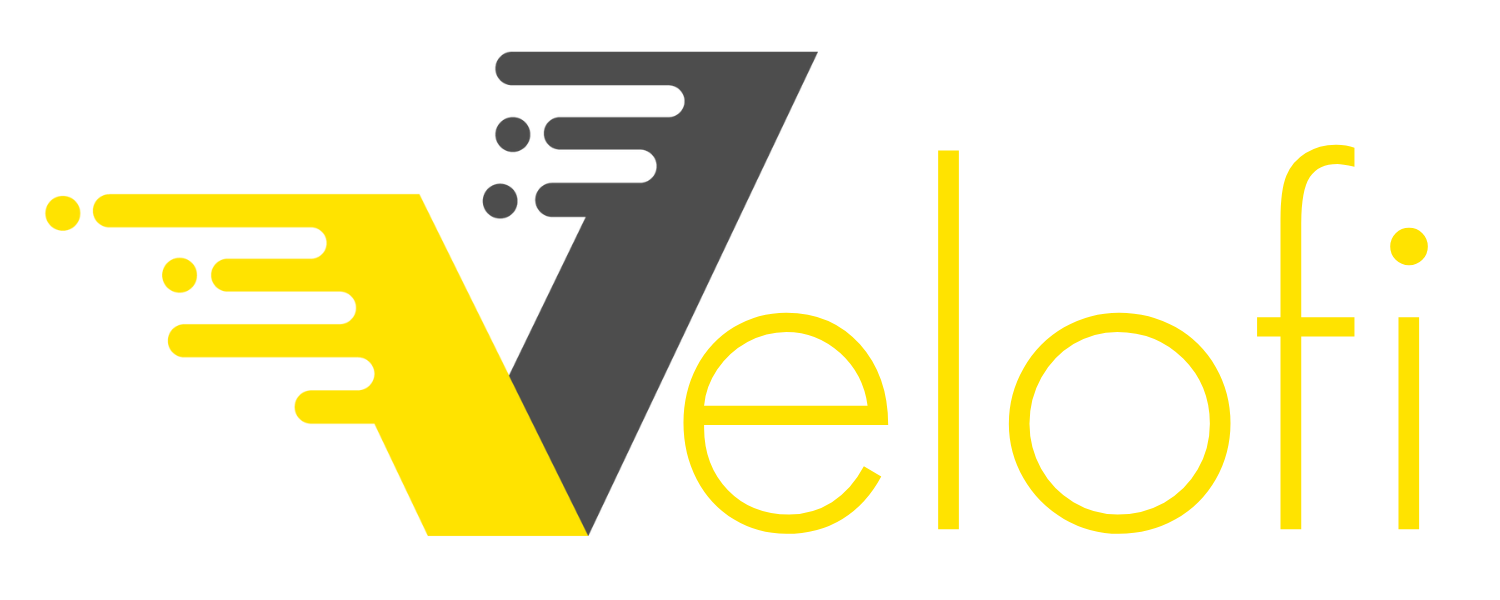Building Stronger Communities with Fiber Internet

Infrastructure That Connects and Empowers
In the conversation about community development, infrastructure often takes center stage. Roads, bridges, and public utilities are seen as the foundation for progress. But in our increasingly digital world, there’s another form of infrastructure that’s just as essential: internet connectivity. Specifically, fiber-optic internet. As communities face the growing demand for remote work, digital learning, online services, and virtual connection, the importance of fast, reliable, and scalable internet access cannot be overstated.
Fiber internet doesn’t just enable individuals to stream videos faster or download large files in seconds. It transforms how entire neighborhoods live, learn, work, and grow. At Velofi, we see fiber as the modern equivalent of electricity—a foundational service that unlocks new possibilities across every corner of a community. And in the month of October, as many cities wrap up fiscal year planning and assess infrastructure priorities, it’s the perfect time to take stock of how fiber networks can shape the future.
When a neighborhood has fiber connectivity, its residents enjoy a higher quality of life. Remote workers can stay competitive in global markets without leaving home. Students can access real-time learning materials without delays or disconnects. Entrepreneurs can launch businesses from their living rooms with the same tools used by major corporations. Local governments can deliver services more efficiently, from digital permitting to emergency alerts and public safety updates. And during times of crisis, fiber's resilience keeps people connected when it matters most.
The economic impact of fiber cannot be overlooked. Communities with fiber connectivity often experience a measurable increase in property values. Homes with high-speed internet are more attractive to buyers and renters alike, making fiber not just a utility but a driver of real estate growth. In many regions, properties with fiber access sell faster and at higher prices, contributing to a more dynamic housing market and a stronger local economy.
Education also benefits profoundly from fiber-enabled environments. In areas with high-speed internet access, schools are better equipped to implement digital curricula, facilitate virtual learning, and connect students to a wider range of resources and support. This is particularly valuable in rural or underserved communities, where physical distance or lack of resources might otherwise limit educational opportunities. With fiber, every student has the potential to succeed, regardless of geography.
Public health is another area where fiber can make a substantial difference. Telehealth services allow patients to consult with doctors, refill prescriptions, and receive specialist care without leaving home—especially important in remote or medically underserved regions. Emergency services, too, benefit from the low latency and high reliability of fiber, enabling faster coordination between agencies, better communication during crises, and stronger disaster response capabilities.
For businesses, fiber infrastructure is the lifeblood of digital transformation. Whether it's a local bakery adopting point-of-sale systems and digital marketing, or a regional manufacturing plant integrating real-time supply chain analytics, the backbone of modern business is connectivity. With fiber, businesses operate more efficiently, reach more customers, and remain competitive in a fast-changing global market. The ability to innovate, pivot, and grow is significantly enhanced by strong internet access.
Velofi partners with local stakeholders to make these transformations a reality. Whether it's trenching miles of conduit, deploying gigabit service to a new residential development, or helping a town expand its broadband reach, our work is rooted in a belief that every connection counts. Each line we lay isn’t just a cable—it’s a promise. A commitment to unlocking opportunity and supporting the people who power their communities.
These investments also pave the way for smart city development. Fiber supports infrastructure like traffic sensors, public Wi-Fi, security systems, and energy monitoring tools, all of which help municipalities run more efficiently and sustainably. With robust digital networks in place, city leaders can collect real-time data, respond more quickly to residents’ needs, and plan for the future with precision.
Fiber isn’t just a product. It’s a public good. And as more areas recognize its impact, the movement toward universal fiber access grows stronger. Communities across the country are taking bold steps to invest in fiber infrastructure, knowing that the return extends far beyond economic metrics—it touches the everyday lives of the people they serve.
It’s time to think bigger than bandwidth. It's time to see connectivity as a catalyst for progress. At Velofi, we’re proud to help communities not only keep pace with the present but step confidently into the future. Our mission is rooted in empowerment, and we believe that with the right infrastructure, every community can thrive.
Because strong communities aren’t just built with concrete and steel. They’re built with connection.
